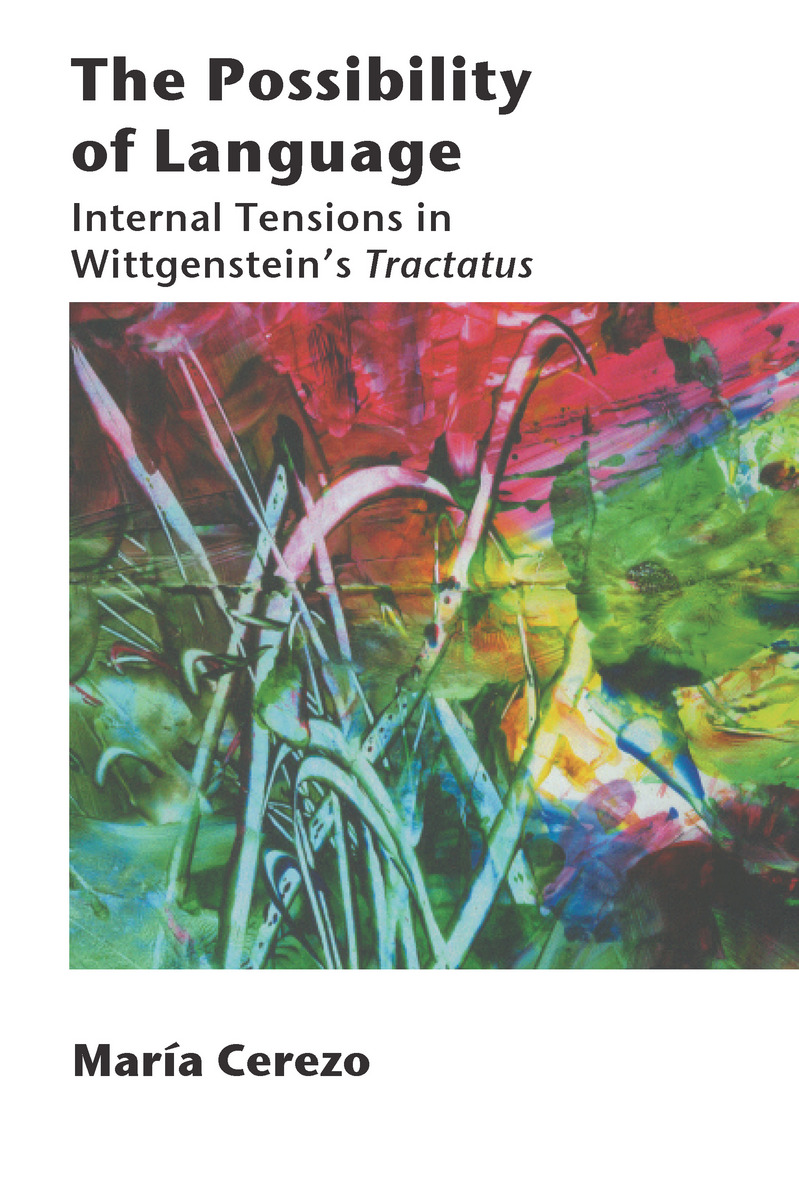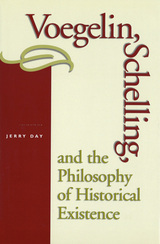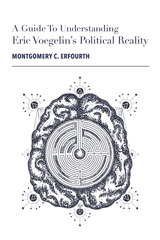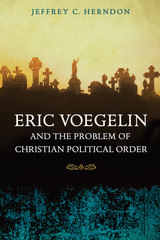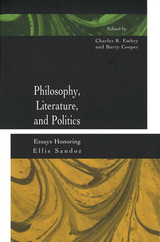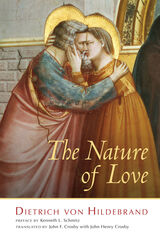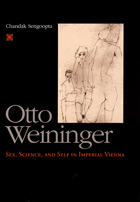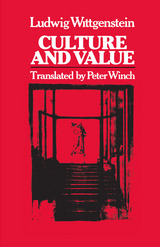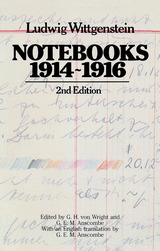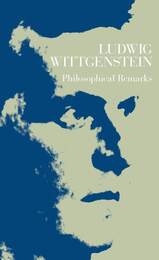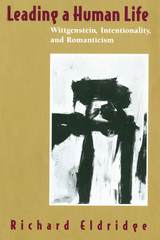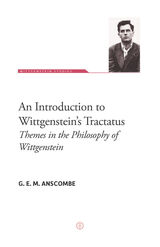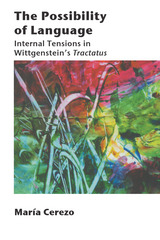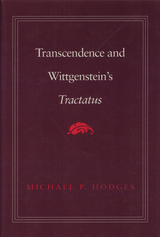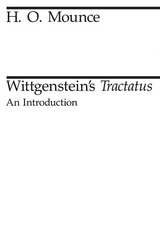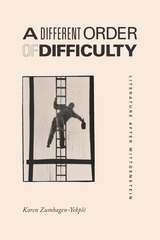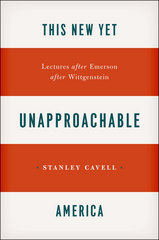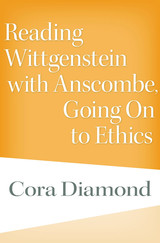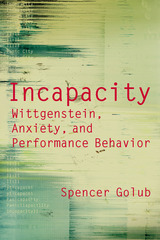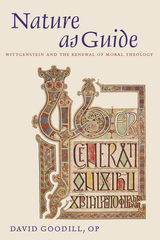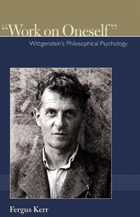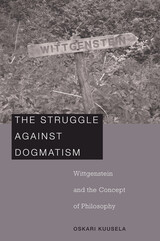The Possibility of Language: Internal Tensions in Wittgenstein's Tractatus
CSLI, 2003
Paper: 978-1-57586-438-9 | eISBN: 978-1-57586-941-4 | Cloth: 978-1-57586-437-2
Library of Congress Classification B3376.W563T7324 2005
Dewey Decimal Classification 192
Paper: 978-1-57586-438-9 | eISBN: 978-1-57586-941-4 | Cloth: 978-1-57586-437-2
Library of Congress Classification B3376.W563T7324 2005
Dewey Decimal Classification 192
ABOUT THIS BOOK | TOC
ABOUT THIS BOOK
In this volume, Maria Cerezo examines Wittgenstein's Tractatus Logico-Philosophicus as a response to some of Frege's and Russel's logical problems. In analyzing the tractarian conditions for the possibility of language, she explains the two main theories of the proposition in Tractatus: the truth-functions theory and the picture theory. Cerezo shows that Wittgenstein initially separates the account of the structure of a proposition from the explanation of its expression. However, contrary to his intention, the combination of these theories creates new difficulties, since the requirements of each theory cannot be fully respected by the others. Cerezo also argues that Wittgenstein's theory of language cannot be fully understood unless attention is paid to his theory of expression and his doctrine of projection by the metaphysical subject.
See other books on: 1889-1951 | Language and logic | Possibility | Tractatus logico-philosophicus | Wittgenstein, Ludwig
See other titles from CSLI
